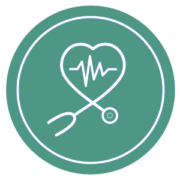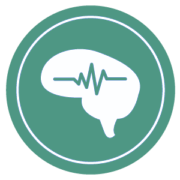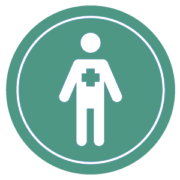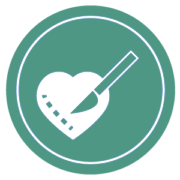Arrhythmia refers to all kinds of symptoms that are caused by abnormalities in the cardiac electrical conduction system. It includes irregular heartbeat, rapid heartbeat, as well as slow heartbeat. Severe arrhythmia will cause dizziness, syncope, and even cardiac arrest and sudden death. Research shows that half of the deaths from cardiovascular diseases are caused by sudden cardiac arrest from arrhythmia. While arrhythmia is often overlooked, the related diseases produce a massive economic burden. In most cases, arrhythmia can be controlled or treated through accurate diagnosis, pharmacotherapy, defibrillator implant, catheter ablation, and other surgeries.





